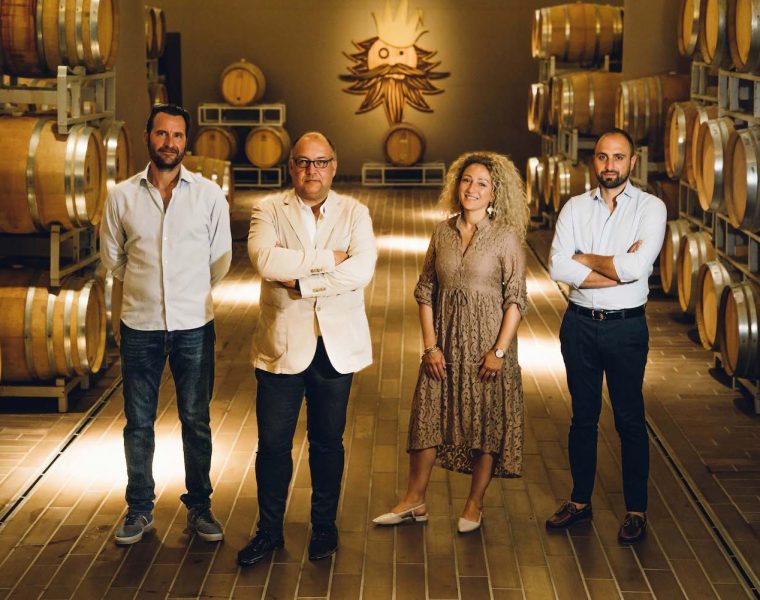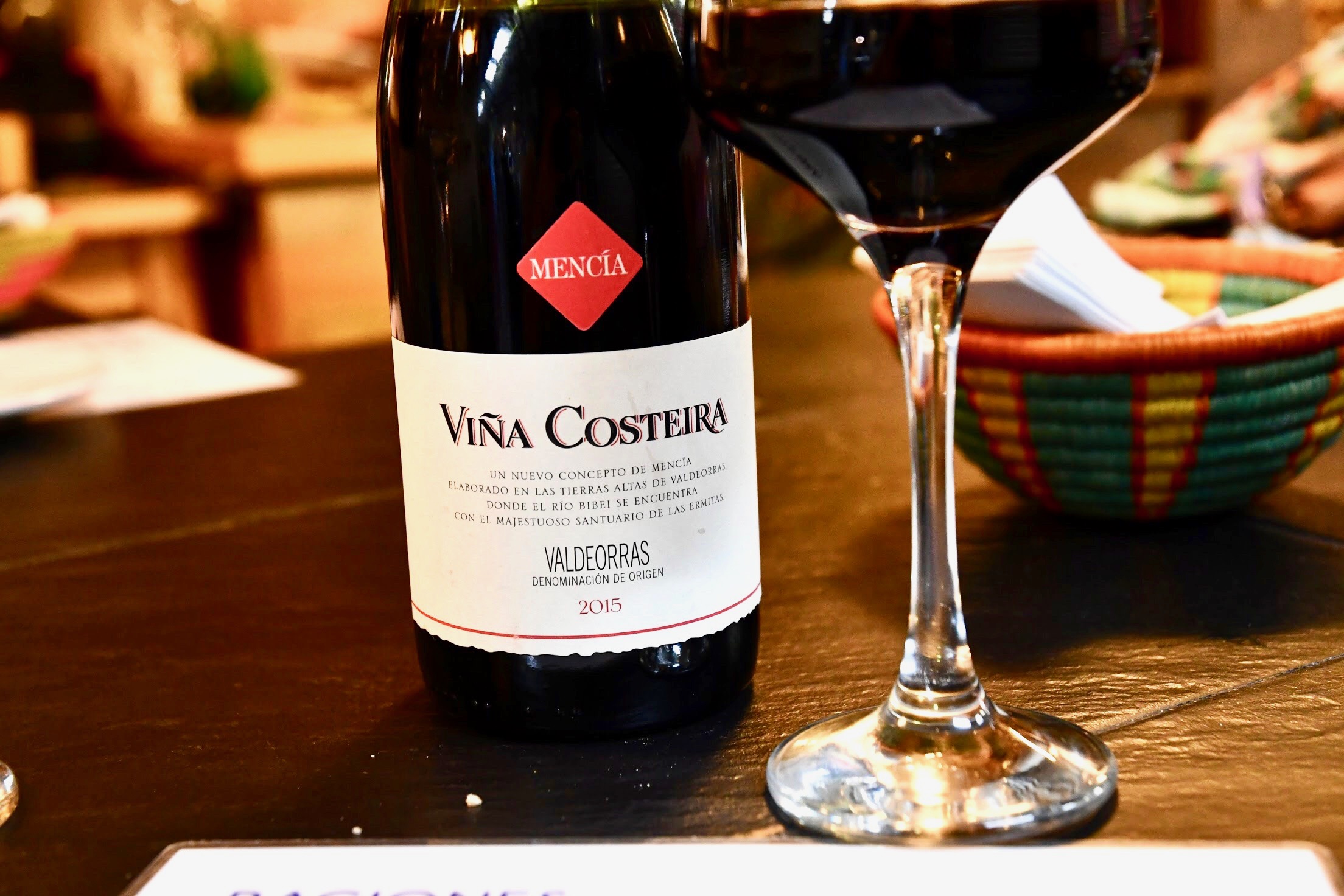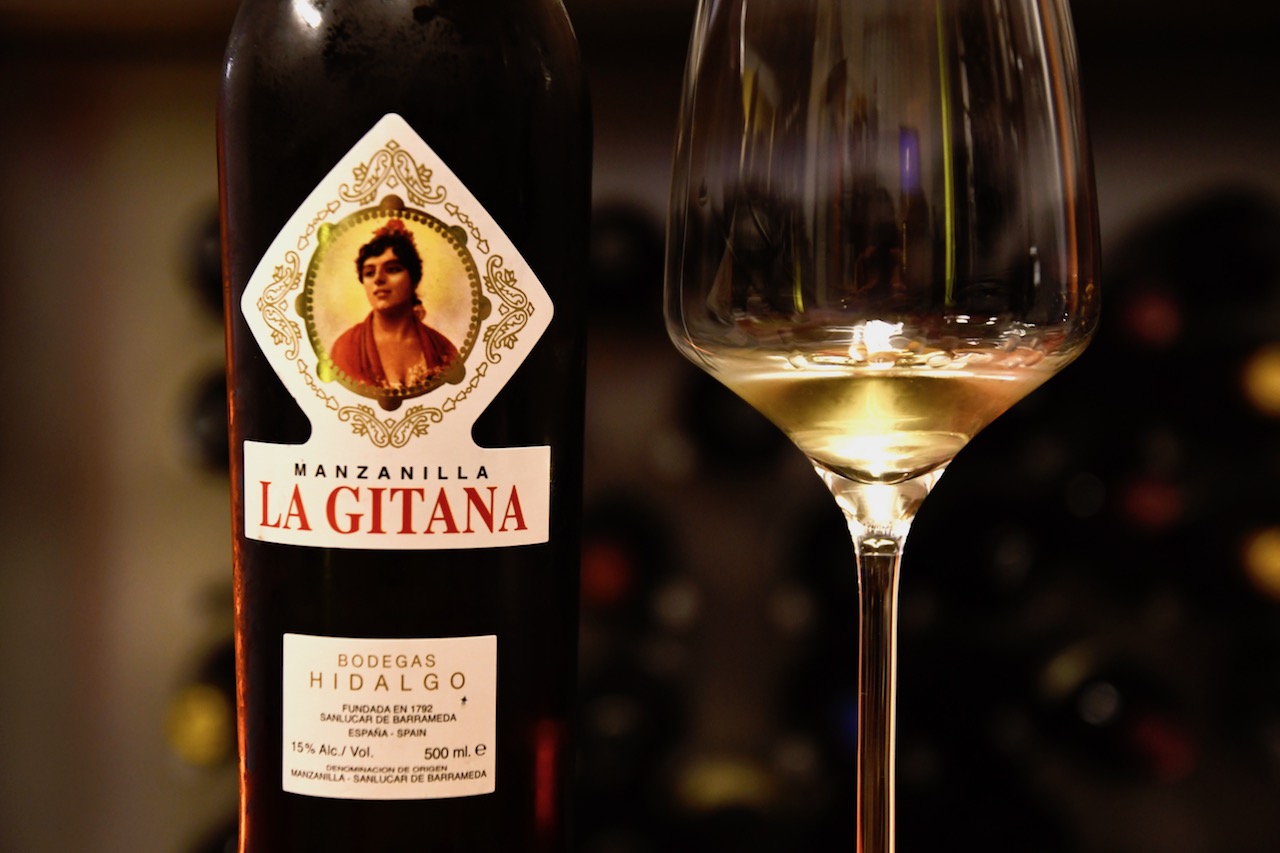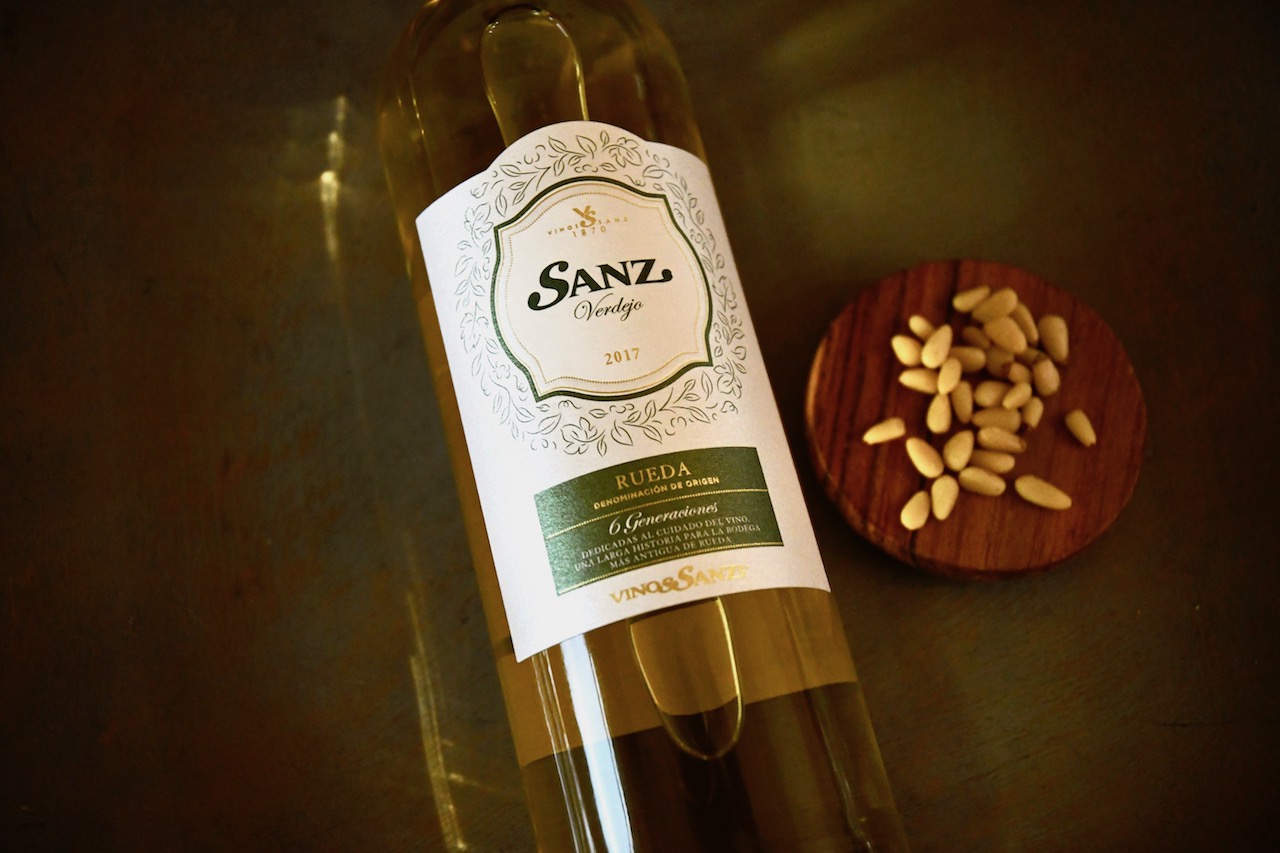The worlds of wine and gastronomy are constantly evolving. However, certain figures and places leave lasting impressions. They push boundaries, set new standards, and create experiences that resonate. From the Chianti Classico…


The worlds of wine and gastronomy are constantly evolving. However, certain figures and places leave lasting impressions. They push boundaries, set new standards, and create experiences that resonate. From the Chianti Classico…

It’s #FoodieFriday and what better way to recover from the post-vacay blues than to indulge in a tasty flashback? I intentionally planned a late morning arrival time in Madrid, so I could…

If you’ve read my last post, you’ll know that I’m still working on Chapter 11, Spain. Studying has been quite the “journey.” Yes, I can read, but am I reading with understanding…

If you’ve been following my Blog or are connected with me on social (@AllegoryPR #MyArtEscape,) you’ll know that I’m slowly making my way through the Society of Wine Educators (SWE) Certified Specialist…